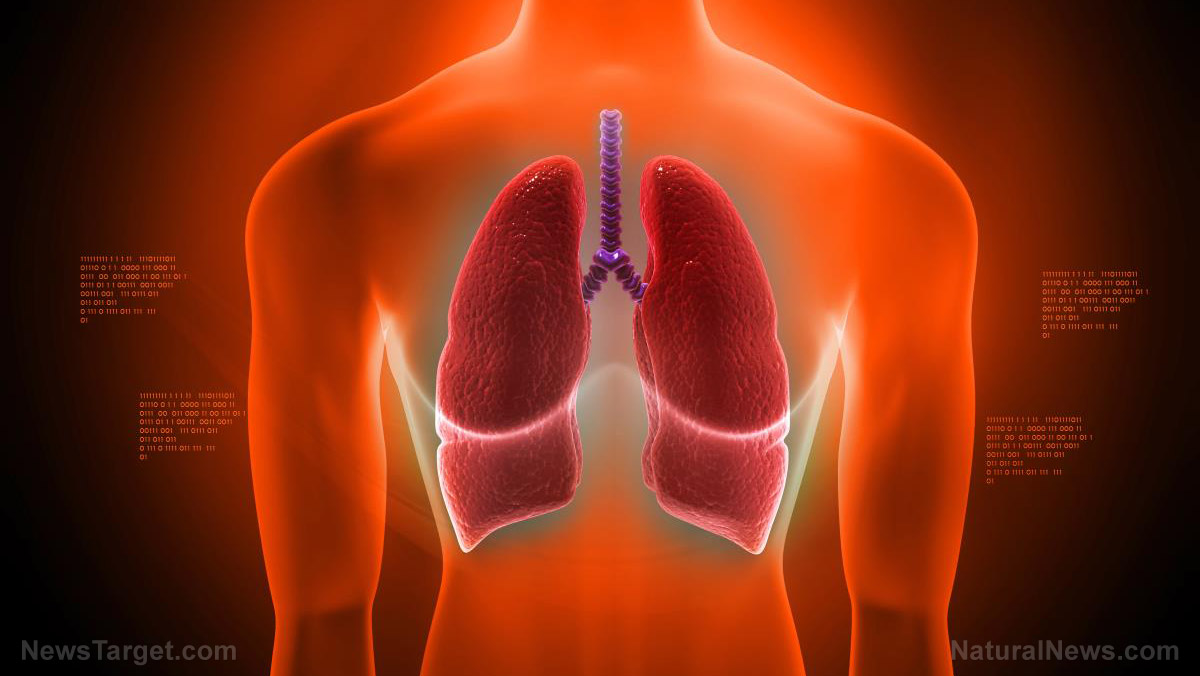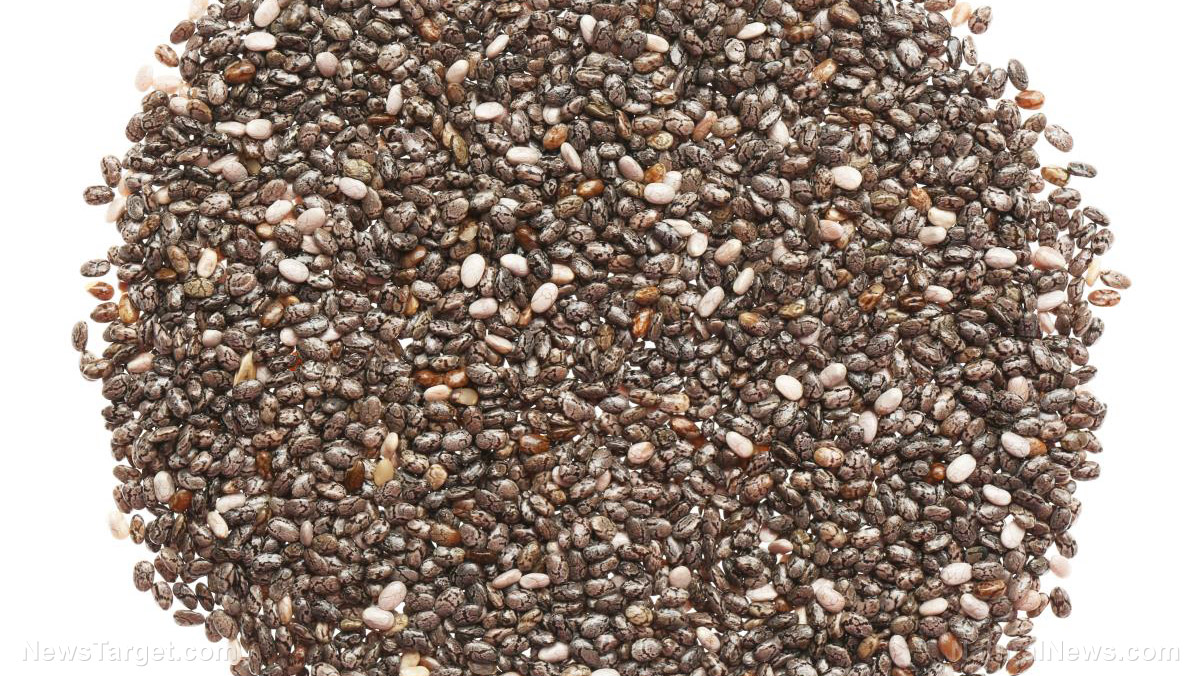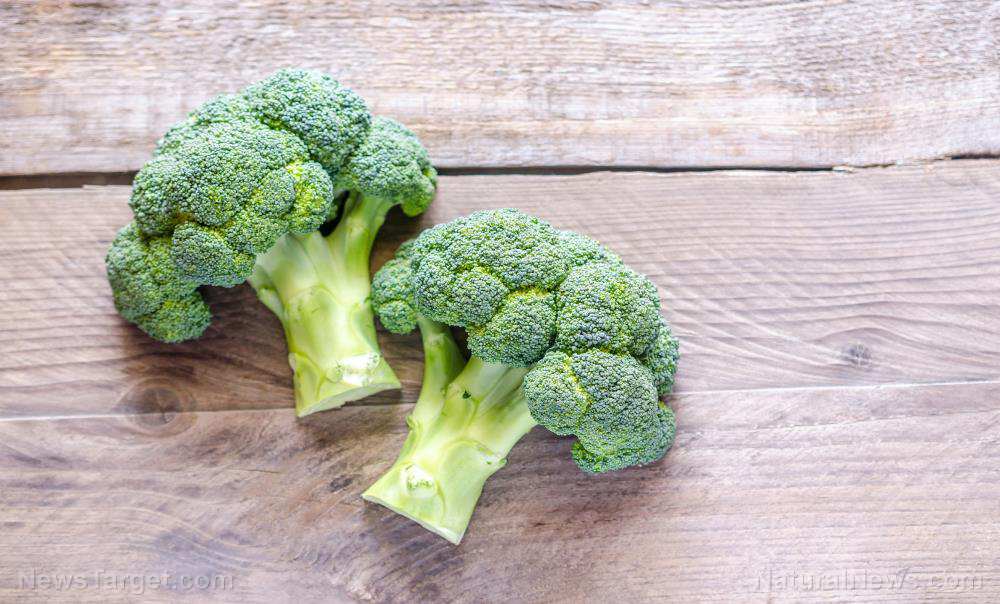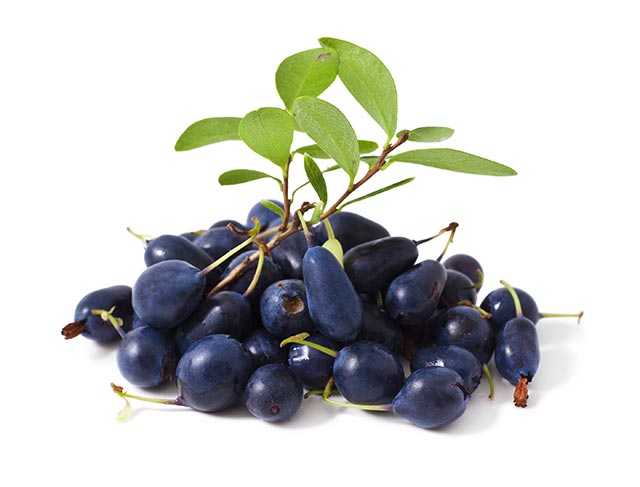What you need to know about omega-3, 6 and 9
05/12/2019 / By Edsel Cook

Omega fatty acids are made up of three different types – omega-3s, omega-6s, and omega-9s. Each of these types of fatty acids exert different effects on human health. Although omega-3 fatty acids are definitely beneficial for humans, large amounts of omega-6s can be unhealthy while omega-9s can be useful but are easily acquired anyway.
Most “non-essential” types of fat can be produced by a healthy human body from foods and other fats. But omega-3 and omega-6 fatty acids are essential fatty acids that can only be obtained from food.
Omega-3 fatty acids are important for the health and integrity of cells. They are used to build cell membranes and influence receptors in cells. They also help regulate the functions of arteries and genes. (Related: Omega-3 fatty acids reduce inflammation, helping prevent depression.)
Omega-3 fatty acids are every bit as good as you heard – and then some
Omega-3s are found in three forms. Eicosapentaenoic acid (EPA) and docosahexaenoic acid (DHA) are commonly found in cold-water fish, which is why they are dubbed the “marine omega-3s.”
The last one is alpha-linoleic acid (ALA). The most widespread form of the fatty acid in the Western diet, ALA is found in chia, the seeds and oils of flax, hemp, leafy vegetables, nuts, and vegetable oils. It can also be obtained from animal fats in grass-fed farm animals. ALA is generally used as a source of energy by the body.
The best-known health benefit of omega-3 fatty acids is their support for the cardiovascular system. They have other benefits as well, such as fighting inflammation and associated diseases like cancer. A 2015 study by researchers at University of Kansas (KU) showed that women with high levels of EPA and DHA in their diets enjoy lower risks of breast cancer.
Omega-6 fatty acids are actually toxic
Omega-6 fatty acids, on the other hand, are nowhere as healthy as omega-3s. Starting in the 1990s, increasing amounts of evidence show that high levels of these fatty acids can be harmful, especially if there are far more omega-6s than omega-3s.
Omega-6s take the form of linoleic acid in plant-based oils made from corn, canola, soybean, and sunflower. When subjected to high temperatures, these plant oils produce a toxin called 4-Hydroxynonenal (HNE). The common cooking technique of frying produces enough heat to create HNE.
“Excessive amounts of omega-6 polyunsaturated fatty acids (PUFA) and a very high omega-6/omega-3 ratio, as is found in today’s Western diets, promote the pathogenesis of many diseases, including cardiovascular disease, cancer, and inflammatory and autoimmune disease,” explained researchers at The Center for Genetics, Nutrition and Health in Washington, D.C.
Omega-9s are non-essential but may be beneficial
The last type of omega fatty acids are the omega-9s. Unlike the other types, these fatty acids are non-essential. A healthy human body can produce enough of them.
Omega-9 fatty acids manage the concentrations of cholesterol in the body. They raise good cholesterol levels while also lowering the amount of bad cholesterol present in the body.
For people who are interested in increasing omega-9 fatty acids, they are found in olive oils. Sunflower oils also have them alongside the far less healthy omega-6s.
Otherwise, it will be best to focus on achieving the right ratio of the good omega-3s to the bad omega-6s. The World Health Organization recommends a ratio of five to 10 omega-6s for every omega-3. This can be achieved by avoiding fried foods and other foods cooked with high heat while also taking omega-3-rich foods and fish oil supplements as needed.
Sources include:
Tagged Under: alternative medicine, anticancer, breast cancer, cardiovascular disease, cooking, fatty acids, Fish Oil, ingredients, natural cures, natural medicine, nutrients, omega 3, omega 9, omega fatty acids, Omega-6, prevention, supplements



















